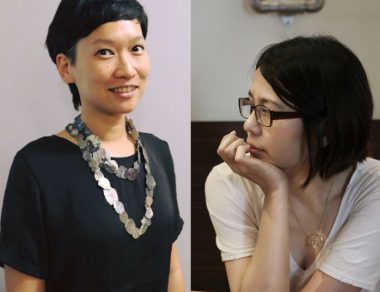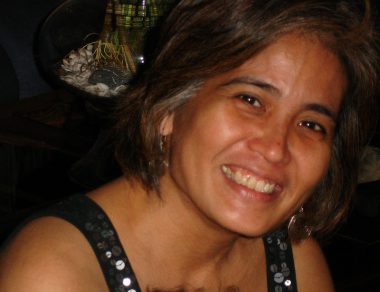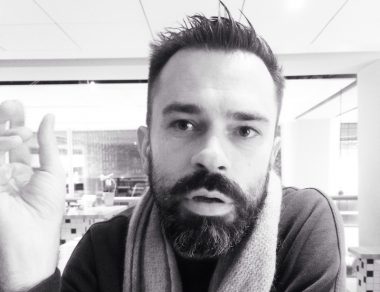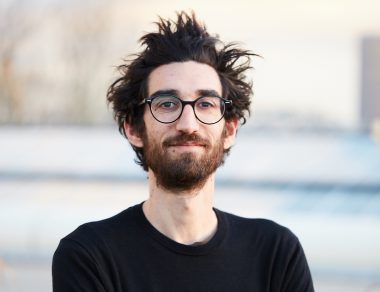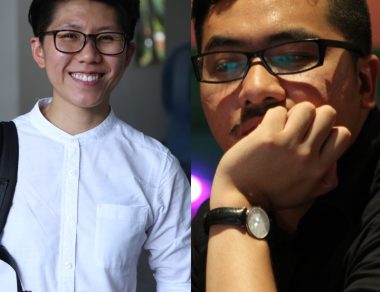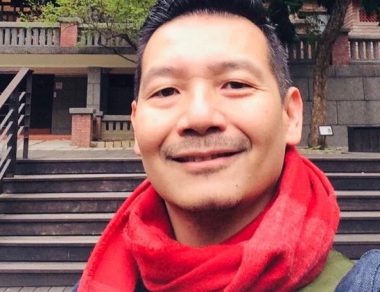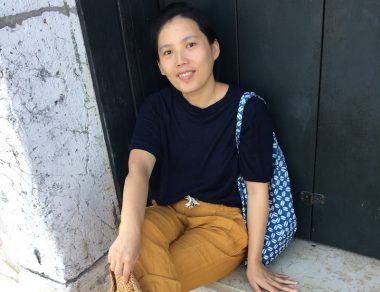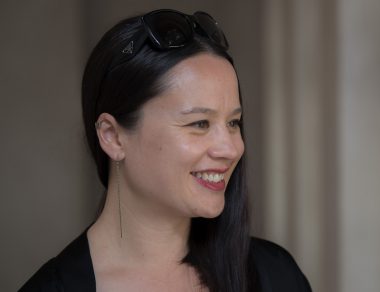Roundtable
Moderator: Lin Hong-John, Lai Yi-Shin
Date
2019/10/11 17:00-18:00 Venue
TFAM’s auditorium Speakers:Raqs Media Collective , Ruangrupa, Jo Hsiao, Kenjiro Hosaka, Hsieh Feng-Rong
Moderator: LIN Hong-John
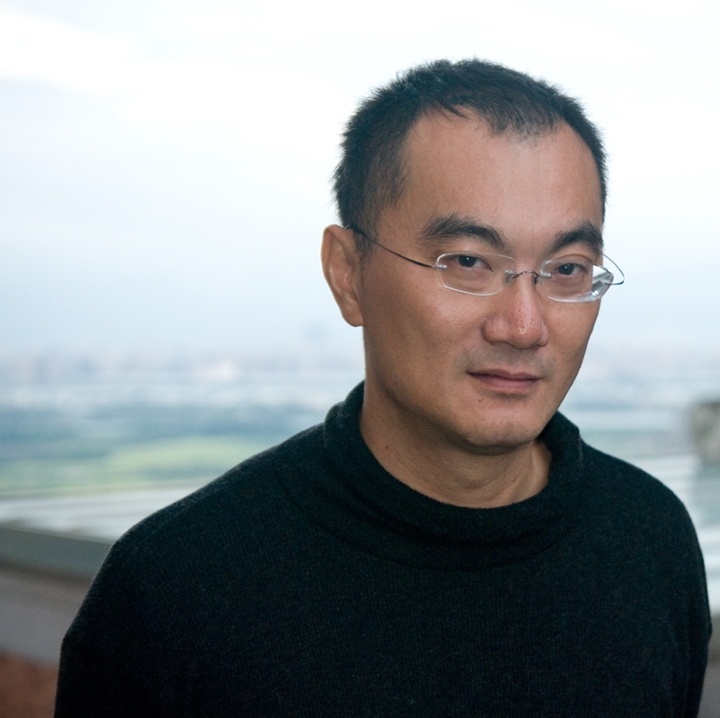
Lin Hong-John is an artist, writer and curator. Graduated from New York University in Arts and Humanities with Ph.D., he has participated in exhibitions including Taipei Biennial (2004, 2012), Manchester Asian Triennial (2008), Rotterdam Film Festival (2008), China Asia Biennial (2014), and Guangzhou Triennial (2015). Lin was curator of the Taiwan Pavilion: Atopia, Venice Biennial, 2007, co-curator of 2010 Taipei Biennial (with Tirdad Zolghadr), and numerous curatorial projects such as, Taizhong’s The Good Place (2002) and Live Ammo (2012). Lin is serving as Professor at the Taipei National University of the Arts. For the past 10 years, he has been working on project based on George Psalmanazar, a fake Taiwanese in the early Enlightenment.
He is interested in transdisciplinary arts, politics of aesthetics, and curating. His writings can be found inArtco magazine, Yishu magazine, international journals, and publications of Art as a Thinking Process (2010), Artistic Research (2012), Out now: Experimental Aesthetics (2014), and Altering Archive: The Politics of Memory in Sinophone Cinemas and Image Culture (2017). He wrote the Introductions for Chinese edition of Art Power by Boris Groys and Artificial Hells by Clair Bishop. His books in Chinese include Beyond the Boundary: Interdisciplinary Arts in Taiwan (2004), Writings on Locality (2005), Curating Subjects: Practices of Contemporary Exhibitions (2012), and Poetics of Curating (2018).
He is interested in transdisciplinary arts, politics of aesthetics, and curating. His writings can be found inArtco magazine, Yishu magazine, international journals, and publications of Art as a Thinking Process (2010), Artistic Research (2012), Out now: Experimental Aesthetics (2014), and Altering Archive: The Politics of Memory in Sinophone Cinemas and Image Culture (2017). He wrote the Introductions for Chinese edition of Art Power by Boris Groys and Artificial Hells by Clair Bishop. His books in Chinese include Beyond the Boundary: Interdisciplinary Arts in Taiwan (2004), Writings on Locality (2005), Curating Subjects: Practices of Contemporary Exhibitions (2012), and Poetics of Curating (2018).
Moderator: LAI Yi-Shin

Curator and transdisciplinary art worker, currently appointed director of Chiayi Art Museum. Having graduated from the Institute of Visual Culture at Westminster University, London in 2011, Nicole now lives and works in South Taiwan. Her primary long-term curatorial themes include the urban texture in the post-colonial era, the deferral of the historical space, and how the creation and exhibition of contemporary art can become another way of rewriting and reimagining historical and cultural narratives. At this stage, she is committed to improving the profile, professionalism and diversity of the art museum, and promoting international and local art exchanges.
